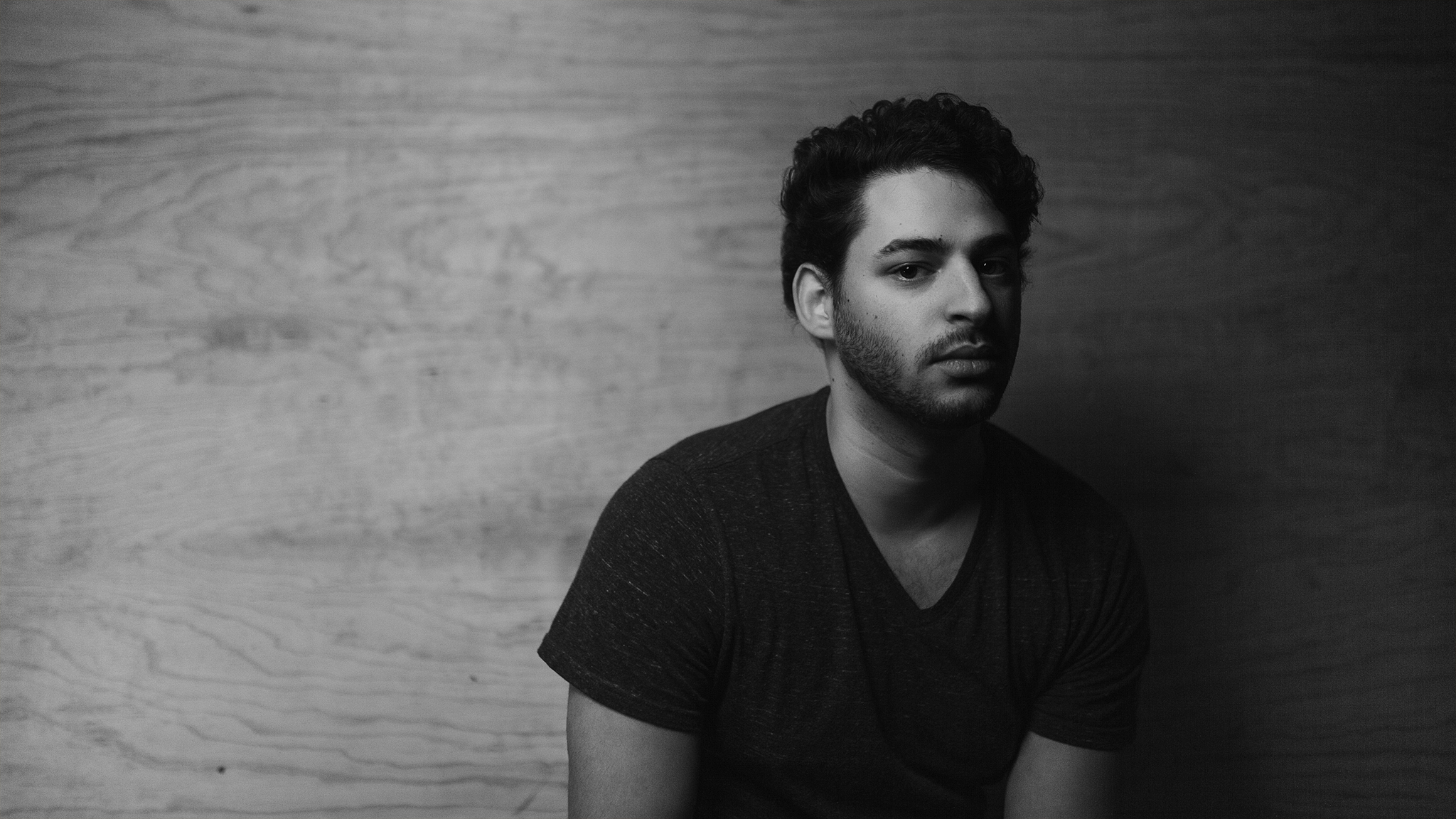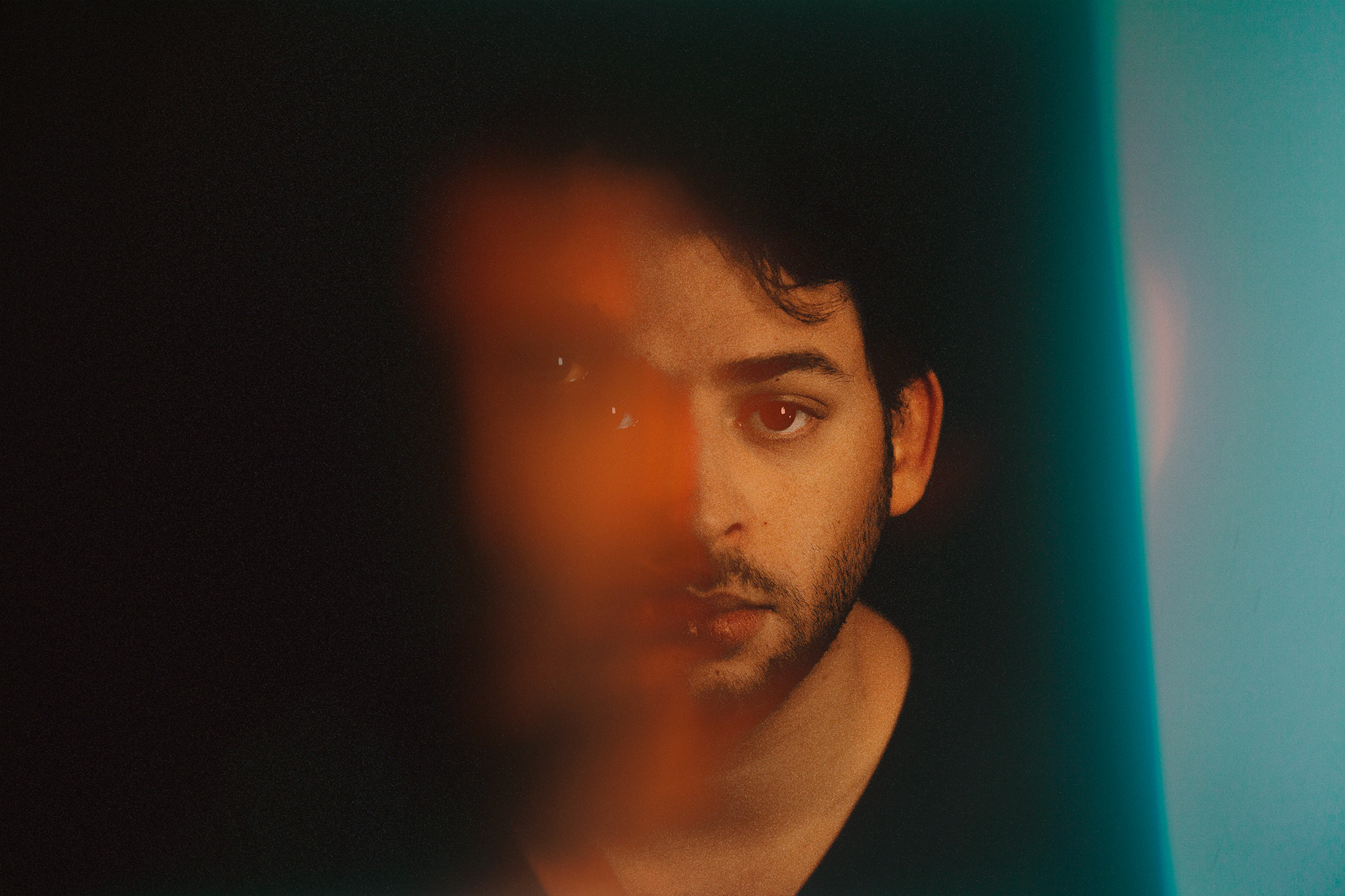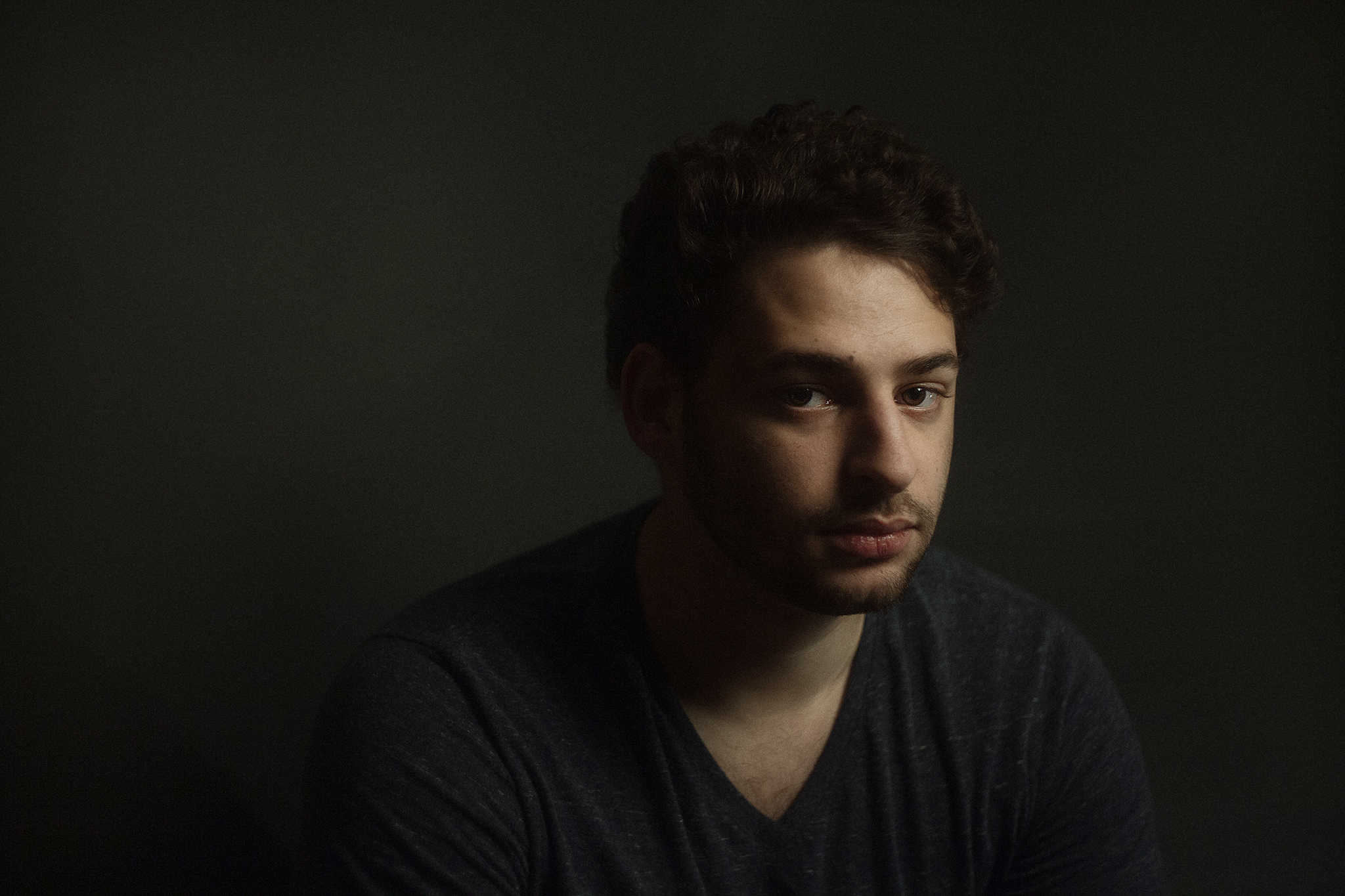It’s 2021, and the world is a mess for a plethora of reasons, and COVID-19 certainly isn’t helping. You’ve got client work, no longer exist in one place long enough to own studio space, you need some lighting for your photography work, but a studio isn’t available. You tell the client, “Light is light and I’ll prove it.”
I, like many others obsessed with light, would prefer to be shooting on Profoto, Broncolor, Elinchrom, Godox, or even with that God-forsaken sun. But for those who truly understand and obsess over light, you also know that none of that shit matters, and that light is light, regardless of the brand name or source. That being said, I scheduled this client shoot with aerospace engineer, Sammy Binkin, after telling him that we’d be using whatever lights were around and I’d fire them through a couple of cardboard boxes (he was even nice enough to bring some additional desk lamps for the experiment).
To preface, Sammy is an old friend of mine and trusts in my process. That being said, I highly recommend utilizing some crafty methods similar to those displayed here on client shoots if you’re stuck in a rut. This isn’t the first time I’ve craftily DIYed myself out of a dark situation, and clients have been amazed by the resourcefulness and final work. Besides, your makeshift dumpster fire of a creation will give everyone a damn good laugh.
Before we get to the creation process, here is the result of our minimal efforts:



The rules of my experiment were simple: every light tool had to look as bad as possible, yet provide a final product that was indistinguishable from brand-name strobes.
Materials used: destroyed cardboard boxes, wax paper, loads of tape, aluminum foil, floodlight with a broken clamp, desk light, dollar store foam core, and a Manfrotto stand for professionalism and the LOLs.
I literally made everything an hour or two prior to Sammy’s arrival to shoot after scouring the house for some empty boxes and tape. I cut openings in the back of the boxes to potentially fit some unspecified light sources, filled them with aluminum foil, covered the fronts with wax paper, poorly fixed them to some lights, and fired those bad boys up. Nothing else to it.

This is by no means going to be a photography lighting tutorial, there are plenty of phenomenal resources that exist on the internet already. And if you are just beginning your journey into visible electromagnetic radiation, I suggest reading Light Science and Magic. Otherwise, I shot these as I would shoot anything else, minus the “real lights.” I’m just here to remind you to stop giving a shit about the equipment, and go shoot. Make shitty modifiers, not shitty excuses. Light is light.



0